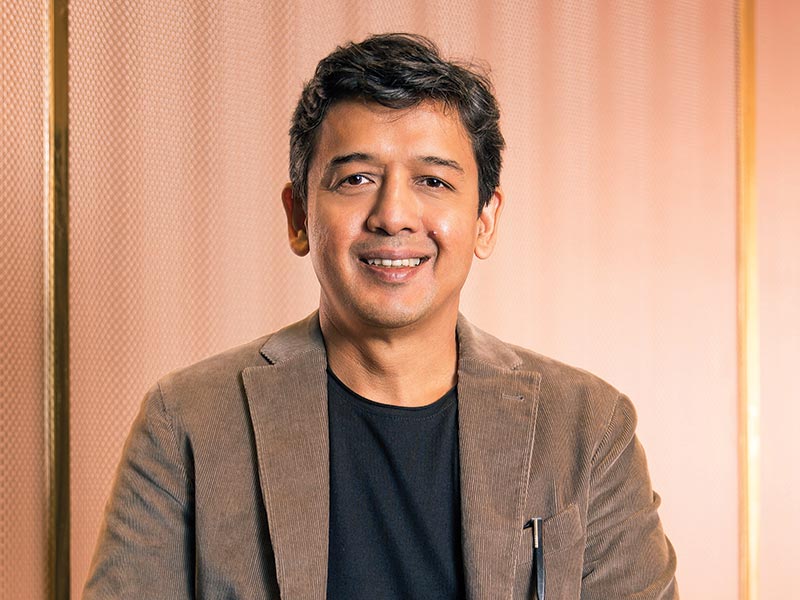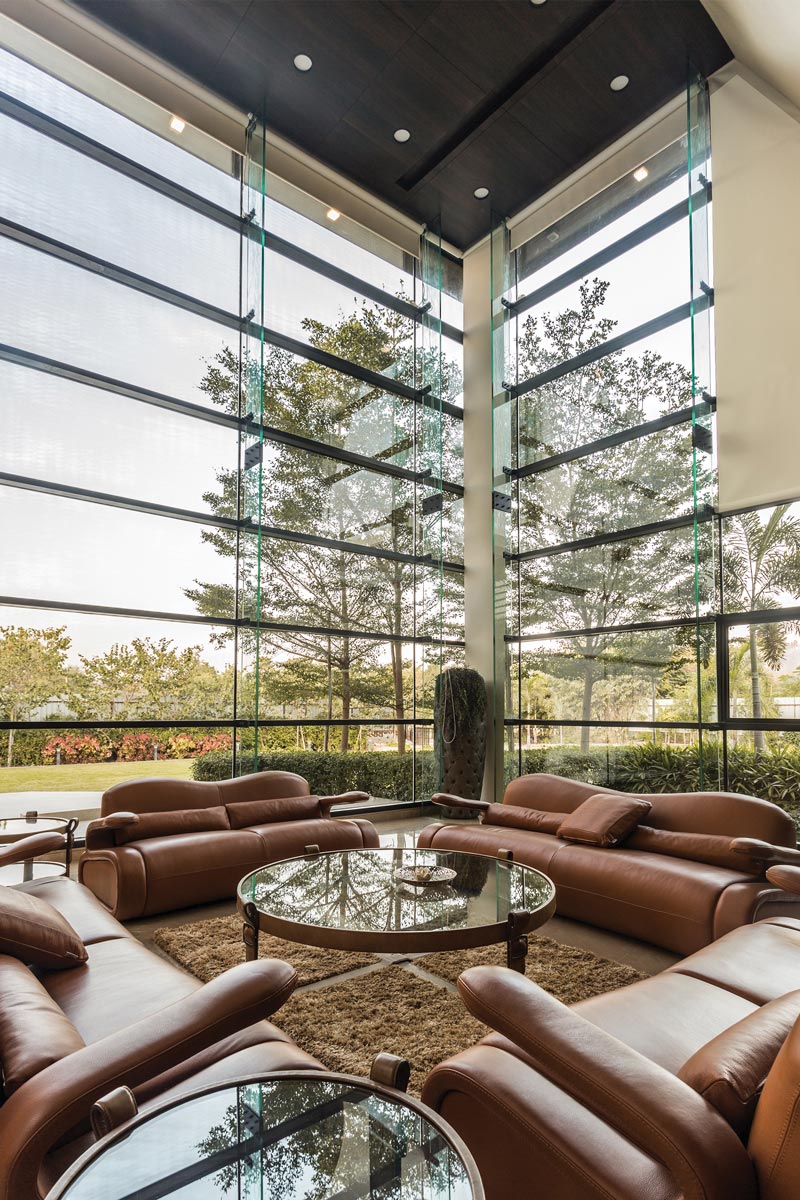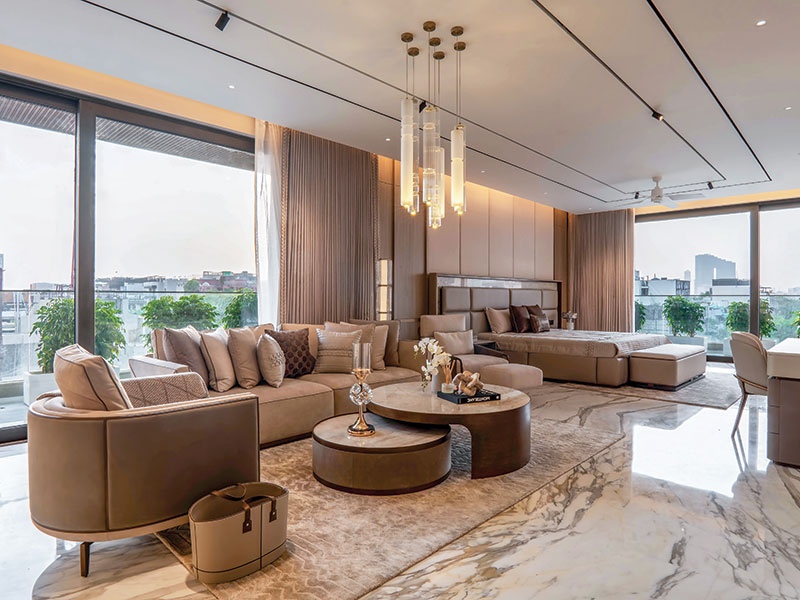
For many in the design community, the rapid spread of Covid-19 has made them revaluate their life’s work, and what it might mean to design for a world that will never be quite the same, especially when it comes to how we use large public spaces like airports, hotels, hospitals, gyms, and offices. Someone has rightly pointed out, that it isn’t the first time that designing will be affected by a disease; however, Covid-19 has been a catalyst in the process towards advancements in architecture and design.
The focus of designing has shifted to prefabricated solutions - leading to more off-site and machine work rather than onsite work and thereby making construction faster, more economical, and efficient.
Concerns about future viruses will encourage architects to design with an eye towards creating more open spaces within townships, residential societies, and offices.

Public spaces will move towards more automation to mitigate contagion. There will be increased usage of touch-less technology such as automatic doors, voice-activated elevators, cell phone-controlled hotel room entry, hands-free light switches and temperature controls, automated luggage bag tags, and advanced airport check-in and security.
Upcycled materials add to the sustainability factor and help in conserving our natural resources.
The trend of using upcycled materials is seen as a cautious effort towards sustainability within the design fraternity. For instance, retouching vintage furniture to give it a modern look, re-using old doors and flooring during redevelopment of a building, etc, is seen as responsible architecture.
There is a sense of wellness arising in people; they want clean air and water, and greenery. Wellness is more than being free from illness; it is a dynamic process of change and growth; it is a state of complete physical, mental, and social well-being.















